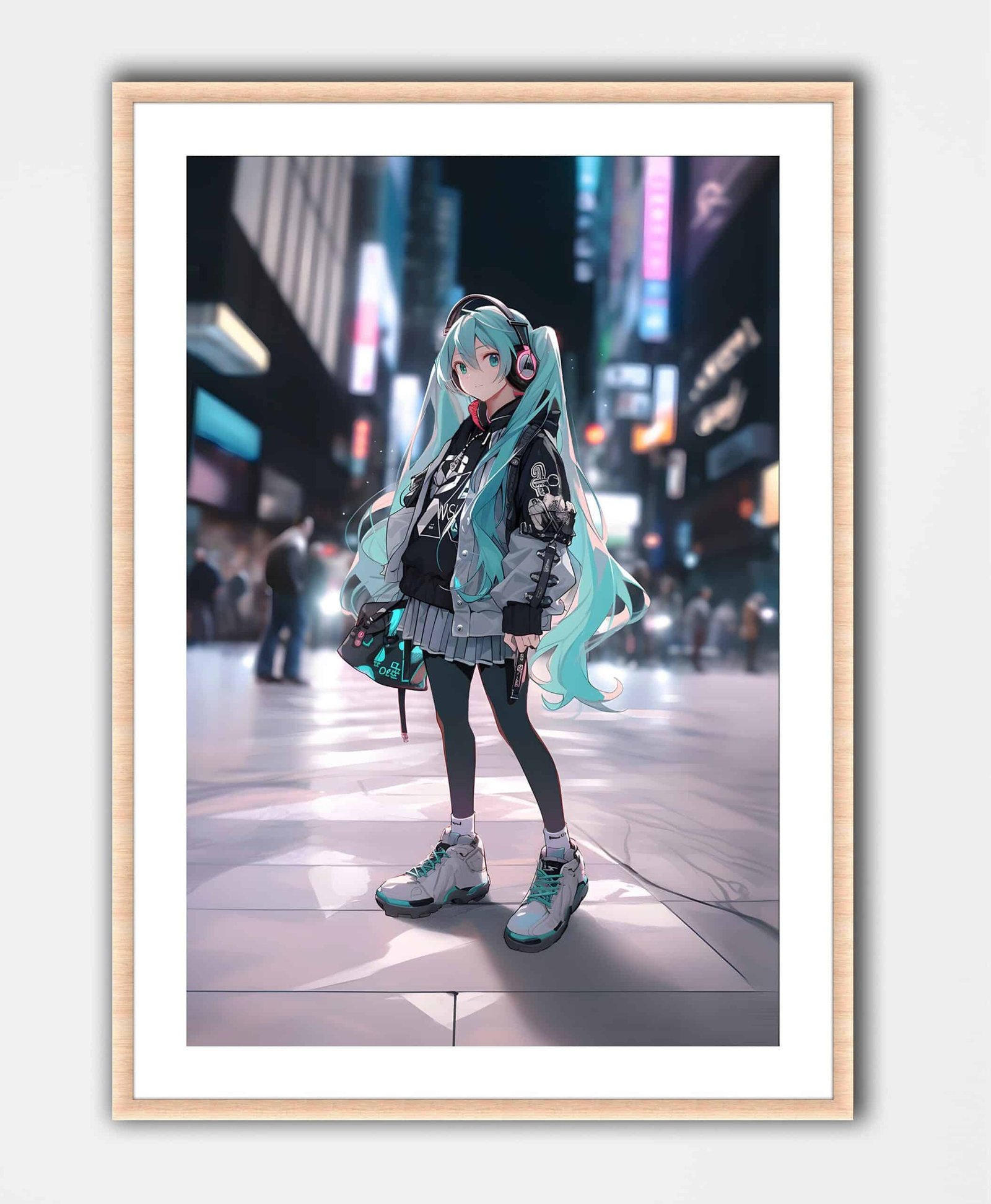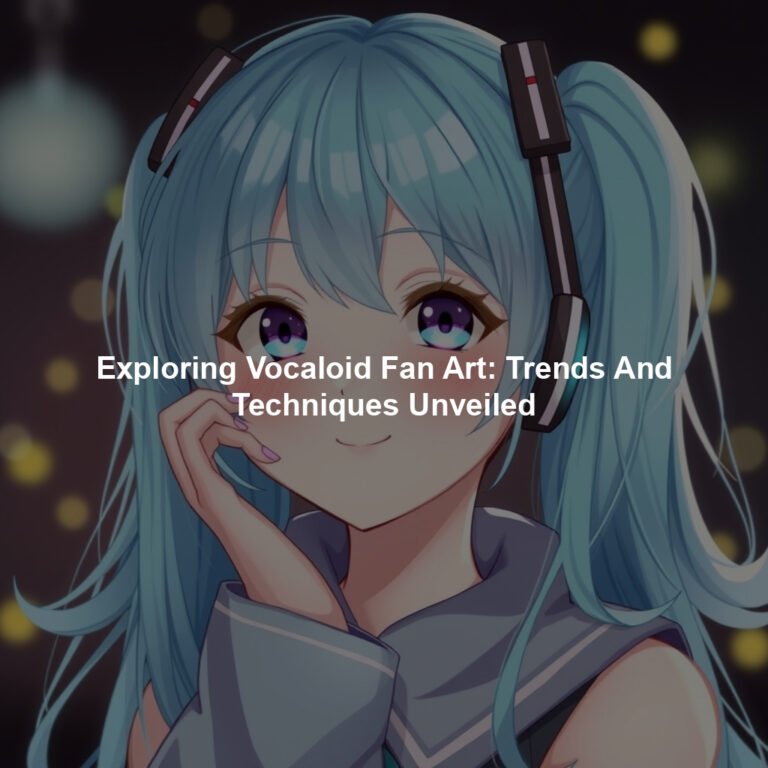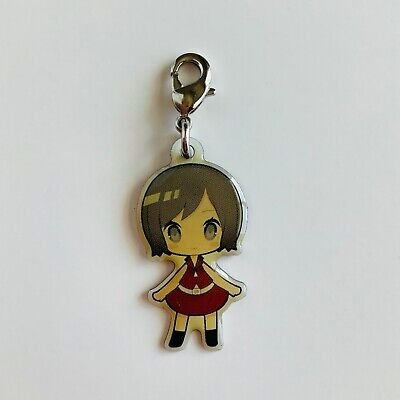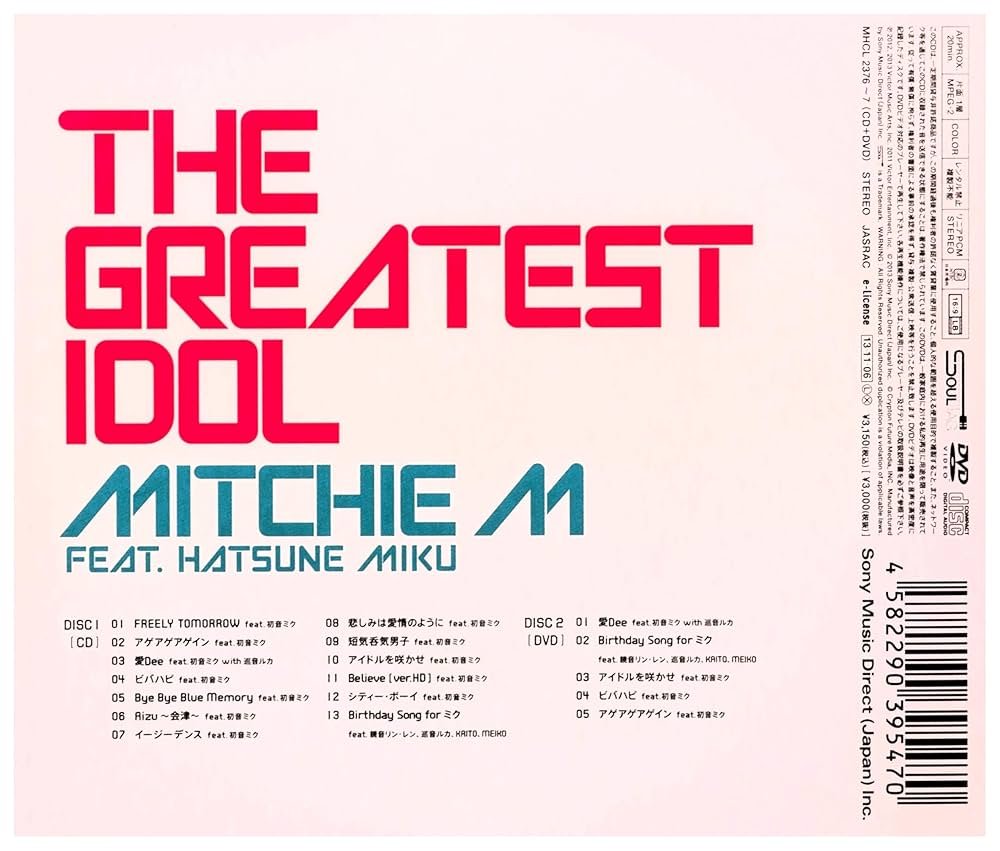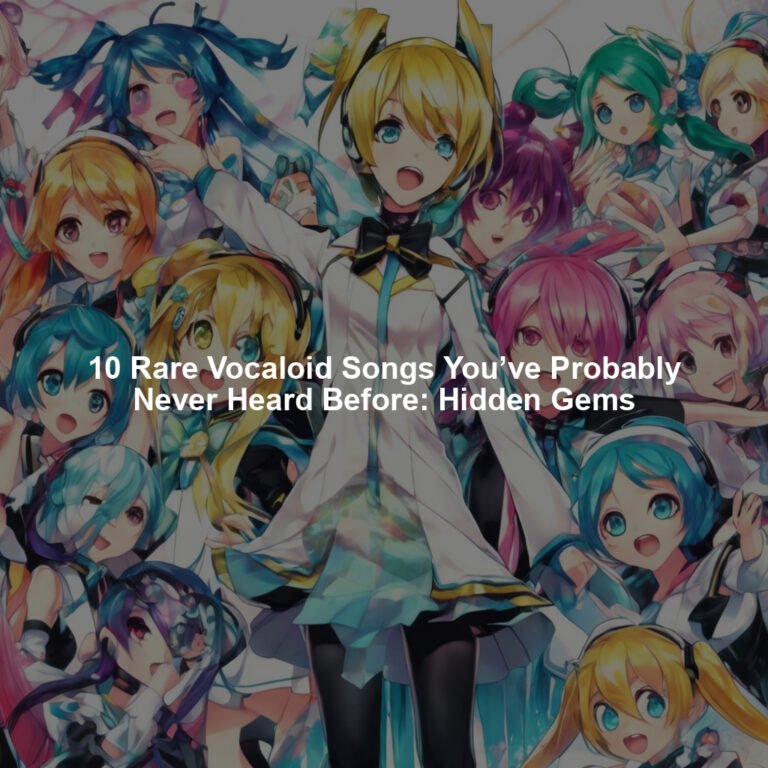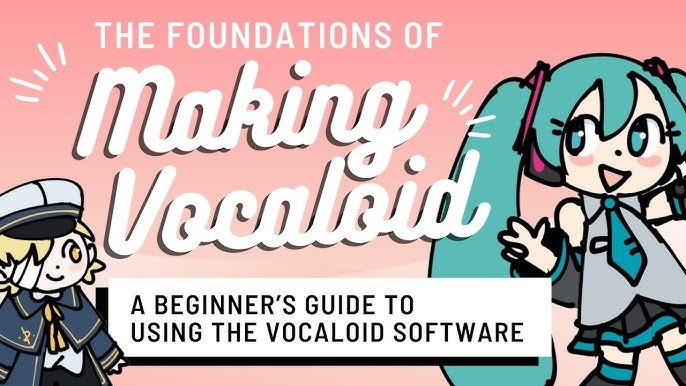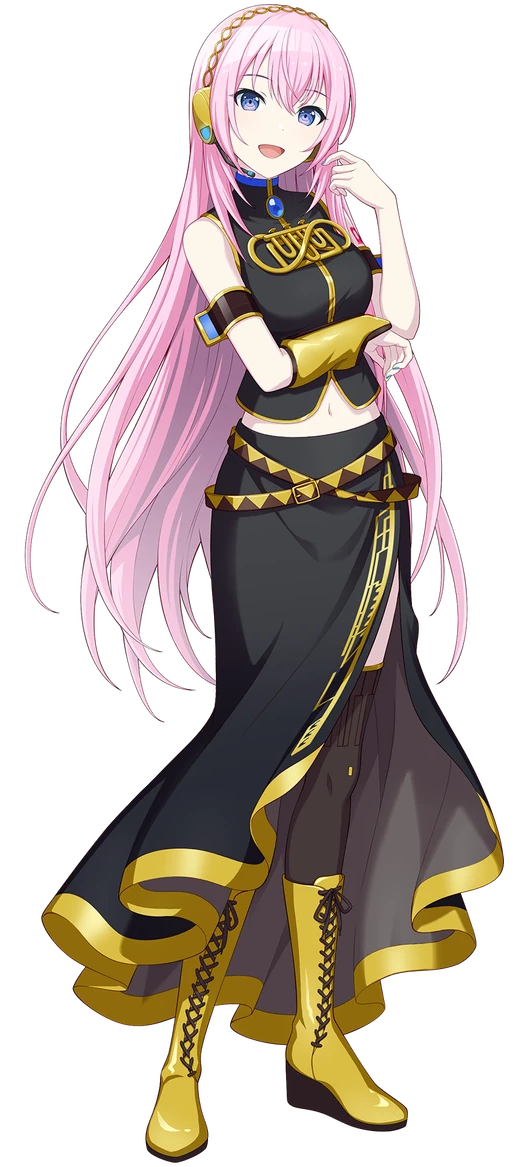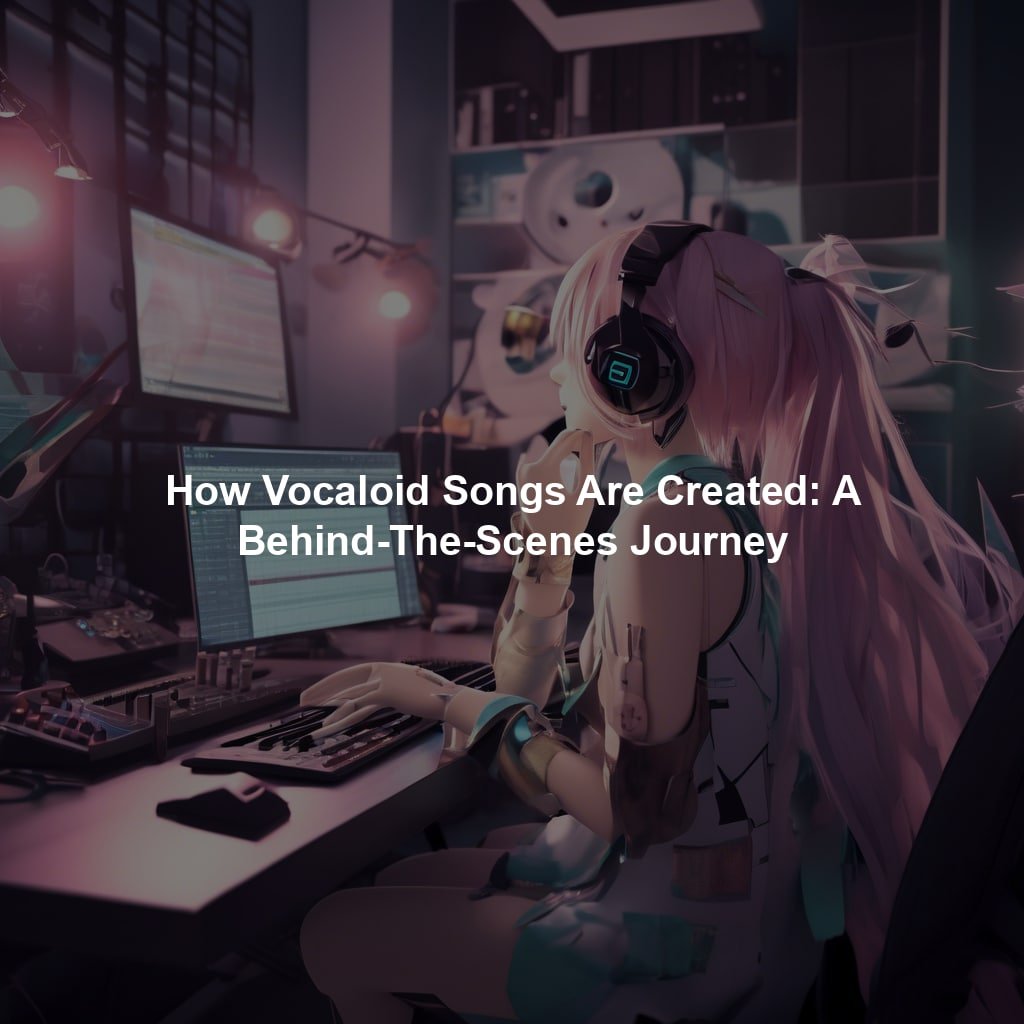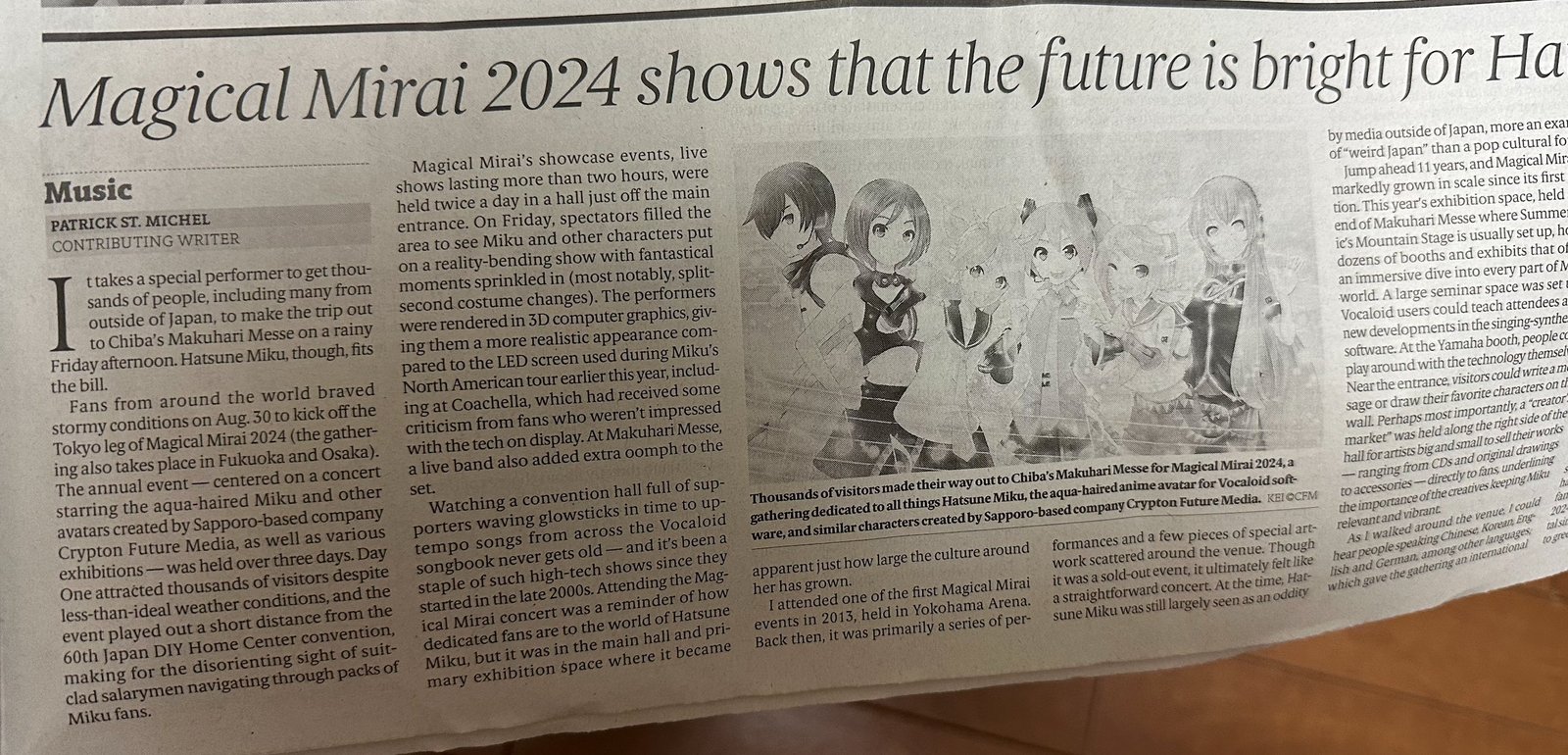Vocaloid fan art has changed a lot over the years. This evolution reflects various trends and influences.
Vocaloid, a singing voice synthesizer software, has inspired many artists. Fans create artwork of their favorite virtual singers. As time passes, styles in fan art evolve. Early artworks were simple and focused on character design. Now, artists experiment with different techniques and styles.
Social media plays a big role in spreading these trends. Artists share their work, get feedback, and learn new methods. This has led to a wide variety of fan art styles. From traditional hand-drawn pieces to digital masterpieces, the diversity is impressive. Join us as we explore how Vocaloid fan art has transformed over the years. Discover the influences and trends shaping this unique art form.
Introduction To Vocaloid Fan Art
Vocaloid fan art has grown tremendously over the years. It showcases the creativity and passion of its fans. This art form began with simple sketches and evolved into various unique styles. Let's explore the origins and early trends of Vocaloid fan art.
Origin Of Vocaloid
Vocaloid is a voice synthesizer software that allows users to create songs. It uses voice samples from real singers. Yamaha developed it in 2003. The most famous Vocaloid is Hatsune Miku, released by Crypton Future Media. Miku's popularity sparked a massive fan base. This led to the creation of countless fan artworks.
Early Fan Art Trends
Early Vocaloid fan art was mostly simple and hand-drawn. Artists often used traditional tools like pencils and markers. These artworks focused on character portraits. Fans loved to draw their favorite Vocaloids in different outfits and poses.
Over time, digital art tools became more accessible. This caused a shift in art styles. Digital paintings and illustrations grew in popularity. Artists experimented with different techniques. They used vibrant colors and detailed backgrounds. This evolution created a rich tapestry of Vocaloid fan art.
Pioneering Artists And Influences
The world of Vocaloid fan art has evolved significantly since its inception. This evolution is largely due to the pioneering artists and the influences they brought to the community. These early creators set the tone and style for future generations, blending their unique creativity with the advanced technology of Vocaloid software.
Key Early Artists
Several key artists were instrumental in shaping the early Vocaloid fan art scene. Artists like KEI and iXima were among the first to bring Vocaloid characters to life through their art. KEI's designs for Hatsune Miku, for example, have become iconic in the Vocaloid community. These artists focused on expressive character designs and vibrant colors, setting a high standard for future works.
Another notable artist is Yuu Asakawa, who contributed significantly to the development of Vocaloid's visual identity. Asakawa's work on characters like Luka Megurine showcases a blend of modern and traditional art styles, making their creations stand out.
Influential Art Styles
The early Vocaloid fan art scene was influenced by a variety of art styles. Anime and manga had a significant impact, with many artists drawing inspiration from these genres. The use of bold lines and bright colors became a hallmark of Vocaloid fan art.
Another influential style was cyberpunk. This genre's focus on futuristic, high-tech aesthetics blended well with the Vocaloid theme. Artists often depicted Vocaloid characters in elaborate costumes with intricate mechanical details.
Traditional Japanese art also played a role. Elements like kimono designs and cherry blossoms were incorporated into the artwork, giving it a unique cultural flavor. This blend of modern and traditional styles helped Vocaloid fan art gain a diverse and global appeal.
| Artist | Notable Works | Influence |
|---|---|---|
| KEI | Hatsune Miku | Expressive designs, vibrant colors |
| iXima | Various Vocaloid characters | Detailed character art |
| Yuu Asakawa | Luka Megurine | Blend of modern and traditional styles |
Digital Tools And Techniques
Vocaloid fan art has evolved dramatically with the advent of digital tools and techniques. Artists now have access to a variety of software and tutorials that help them create stunning, detailed artwork. This section explores the popular software and techniques that have shaped modern Vocaloid fan art styles.
Popular Software
Artists use a variety of software for creating Vocaloid fan art. Here are some of the most popular choices:
- Adobe Photoshop: Known for its robust features and versatility.
- Clip Studio Paint: Favored for its comic and manga creation tools.
- PaintTool SAI: Lightweight and user-friendly, ideal for beginners.
- Krita: Open-source with powerful painting tools.
- Corel Painter: Known for its realistic brushes and textures.
Techniques And Tutorials
Artists often rely on various techniques and tutorials to improve their skills. These resources help them learn new methods and refine their styles. Some common techniques and resources include:
- Layering: Using multiple layers to separate different elements of the artwork.
- Blending: Techniques for smooth transitions between colors and shades.
- Line Art: Creating clean, crisp outlines for characters and objects.
- Shading: Adding depth and dimension with light and shadow.
- Color Theory: Understanding color relationships and palettes for cohesive artwork.
Tutorials are available in various formats, such as:
- Video Tutorials: YouTube and other platforms offer step-by-step guides.
- Online Courses: Websites like Udemy and Skillshare provide structured learning.
- Forums and Communities: Places like DeviantArt and Reddit where artists share tips and feedback.
The combination of advanced software and readily available tutorials has significantly impacted the evolution of Vocaloid fan art styles. Artists can now experiment with different techniques and improve their skills more efficiently.

Credit: www.instagram.com
Cultural Impact On Art Styles
The cultural impact on art styles is vast and ever-evolving. Vocaloid fan art, in particular, shows a fascinating blend of cultural influences. From the intricate details to the vivid colors, artists draw from various cultural backgrounds to create unique pieces. These influences can be seen distinctly in the differences between Western and Eastern art styles. The cross-cultural exchange further enriches the diversity in Vocaloid fan art.
Western Vs. Eastern Influences
Western art often features bold lines and realistic proportions. Artists focus on depth and texture. They use shadows and highlights to bring characters to life. In contrast, Eastern art styles emphasize simplicity and elegance. Lines are softer, and expressions are more stylized. Colors are often more vibrant and varied. This difference creates a unique blend in Vocaloid fan art. Some pieces have the detailed depth of Western art. Others carry the graceful simplicity of Eastern art.
Cross-cultural Exchange
Cross-cultural exchange plays a big role in the evolution of Vocaloid fan art. Artists from different parts of the world share techniques and ideas. This sharing leads to a fusion of styles. A Western artist might adopt the clean lines of Eastern art. An Eastern artist might explore the detailed textures of Western art. This exchange enriches the Vocaloid fan art community. It results in a diverse range of art styles. Each piece tells a story of cultural blend and artistic innovation.
Evolution Through The Decades
The world of Vocaloid fan art has seen significant changes over the years. These changes reflect the growing popularity and technological advancements in digital art. Artists have adapted their styles to capture the essence of Vocaloid characters. Let's explore how Vocaloid fan art styles have evolved over the decades.
2000s: The Beginning
The early 2000s marked the birth of Vocaloid fan art. During this time, artists used traditional mediums like pencils and paints. The digital art scene was still in its infancy. Artists often drew simple, anime-inspired characters. The art focused on the core features of Vocaloid characters. Bright colors and bold lines were common.
As digital tools became more accessible, artists started experimenting. They began using basic software to create digital fan art. The early works were simple but laid the foundation for future styles.
2010s: Mainstream Growth
The 2010s saw a surge in Vocaloid's popularity. This period brought a significant shift in fan art styles. Digital art tools became more advanced and user-friendly. Artists now had access to better software and hardware. This led to more detailed and polished artworks.
Many artists started incorporating 3D elements into their work. The use of shading, lighting, and textures became prevalent. Fan art started to look more professional and dynamic. Social media platforms played a huge role in spreading and evolving these styles. Artists could share their work with a global audience, inspiring others.
2020s: Modern Innovations
The 2020s introduced new technologies and trends in Vocaloid fan art. AI tools and advanced graphic software have taken center stage. Artists now use AI to generate ideas and enhance their work. The integration of virtual reality (VR) has also influenced fan art styles.
Modern fan art often blends traditional and digital techniques. This creates unique and innovative pieces. The use of vibrant colors, intricate details, and dynamic compositions is more common. Artists continue to push the boundaries of what is possible in fan art.
The evolution of Vocaloid fan art styles reflects the growth of technology and creativity. Each decade brings new tools and inspirations, shaping the way artists express their love for Vocaloid characters.
Credit: www.reddit.com
Fan Art In Social Media Era
Vocaloid fan art styles have significantly evolved in the social media era. Artists now experiment with diverse techniques and vibrant colors. This dynamic change enriches the Vocaloid community, making fan art more engaging and creative.
The rise of social media has transformed the landscape of Vocaloid fan art. Artists now share their work with a global audience instantly. This shift has brought about new styles, trends, and communities.Platforms And Communities
Social media platforms like Twitter, Instagram, and Pixiv have become hubs for Vocaloid fan art. These platforms allow artists to share their creations quickly. They also enable interactions with fans and other artists. Communities have formed around these platforms. Artists support and inspire each other. They also collaborate on projects.Virality And Trends
Virality plays a big role in the spread of Vocaloid fan art. A single post can reach thousands of viewers overnight. This has led to the rise of trends. Certain styles and themes become popular quickly. Artists often adapt their work to fit these trends. This keeps their art relevant and engaging. Trends can also revive interest in older Vocaloid characters. This keeps the community dynamic and ever-changing. “`Collaborations And Merchandise
The evolution of Vocaloid fan art styles has been a fascinating journey. One of the most exciting aspects of this evolution is the rise of collaborations and merchandise. These collaborations have not only enriched the fan community but also pushed the boundaries of creativity.
Official Collaborations
Official collaborations between Vocaloid creators and artists have significantly influenced fan art styles. Companies often collaborate with well-known artists to create unique artwork for various projects. This includes:
- Album covers
- Music videos
- Event posters
These collaborations often lead to a fusion of styles, blending traditional and modern elements. Fans get inspired by these official works and incorporate similar techniques into their own art. This creates a vibrant and diverse community of creators.
Fan-made Merchandise
Fan-made merchandise is another key factor in the evolution of Vocaloid fan art styles. Enthusiastic artists create a wide range of products, including:
- Stickers
- Prints
- Keychains
- Apparel
Many of these items are sold at conventions or online stores. The popularity of fan-made merchandise encourages artists to experiment with different styles and techniques. This experimentation leads to a broader range of art styles within the community.
| Type of Merchandise | Common Styles |
|---|---|
| Stickers | Chibi, Cartoonish |
| Prints | Realistic, Abstract |
| Keychains | Minimalist, Cute |
| Apparel | Bold, Detailed |
Fan-made merchandise also allows artists to receive feedback from the community. Positive feedback motivates artists to continue creating and refining their styles. This continuous cycle of creation, feedback, and improvement fuels the evolution of Vocaloid fan art styles.
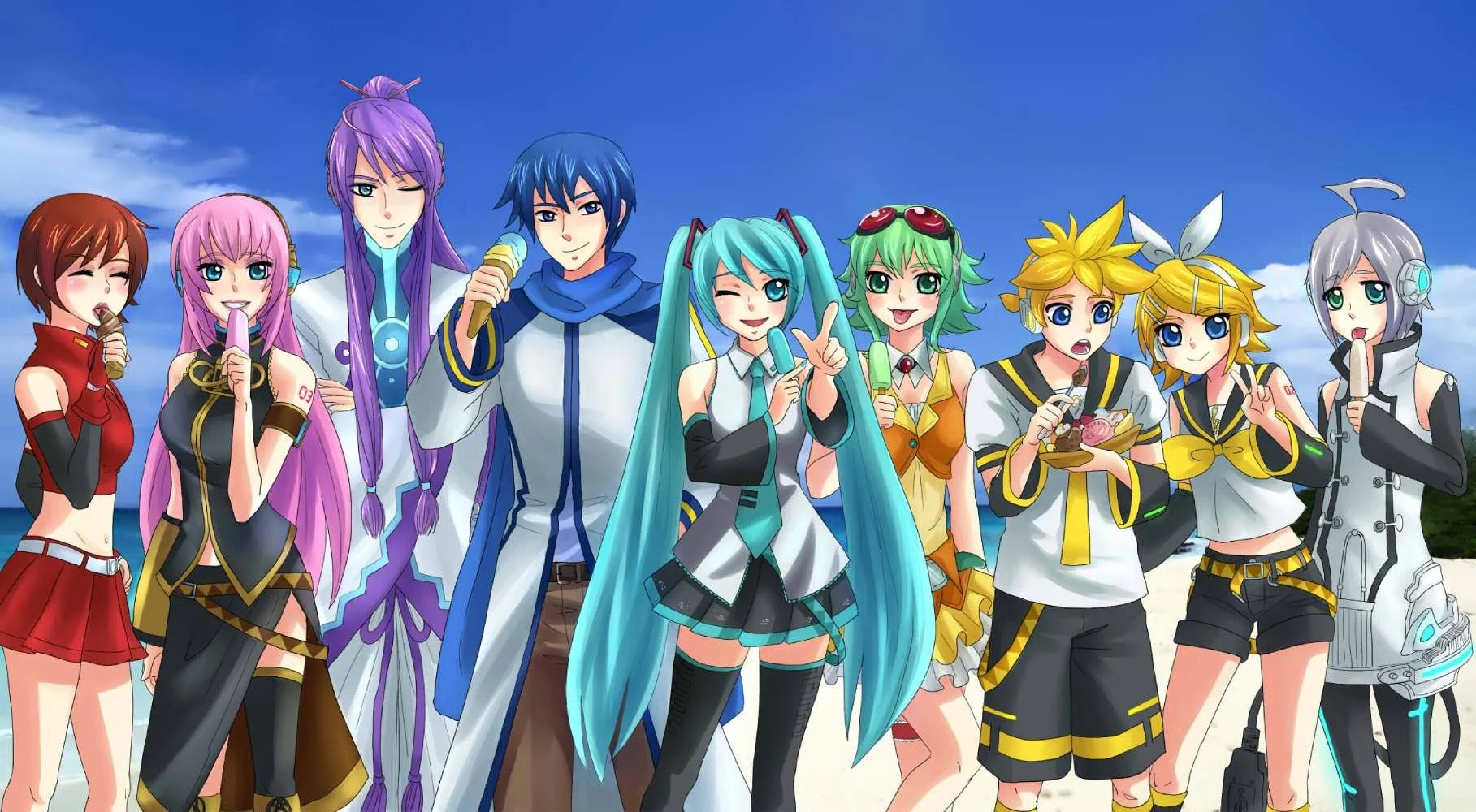
Credit: www.yokogaomag.com
Future Of Vocaloid Fan Art
The future of Vocaloid fan art holds great promise. With new technologies and creative minds, the art will continue to evolve. Artists will explore new styles and methods, pushing the boundaries of what is possible. This evolution will inspire and engage fans in fresh ways.
Emerging Trends
One emerging trend is the use of 3D modeling. Artists are creating more detailed and lifelike characters. This adds a new dimension to the fan art. Another trend is the fusion of traditional and digital art. Artists blend these techniques to create unique pieces. This mix adds depth and texture to their work.
Potential Innovations
Augmented reality (AR) could be a game-changer. Imagine seeing your favorite Vocaloid character come to life in your room. AR can make fan art interactive and immersive. Virtual reality (VR) is another potential innovation. Fans could step into a virtual gallery of Vocaloid art. This would offer a new way to experience and appreciate the art.
Artificial intelligence (AI) might also play a role. AI can help artists generate ideas and refine their work. This could lead to more complex and innovative art. The future of Vocaloid fan art is bright. It promises to bring new experiences and creativity to fans worldwide.
Frequently Asked Questions
What Are The Main Vocaloid Fan Art Styles?
Vocaloid fan art styles range from anime-inspired illustrations to more realistic depictions. Artists often use digital tools to create their works. Styles have evolved over time, influenced by trends in both the Vocaloid community and broader art movements.
How Has Vocaloid Fan Art Evolved?
Vocaloid fan art has evolved from simple, early digital art to complex, detailed illustrations. Advances in technology and software have played a significant role. The community's growing creativity and collaboration have also driven this evolution.
Who Are Popular Vocaloid Fan Artists?
Popular Vocaloid fan artists include KEI, the original illustrator of Hatsune Miku, and iXima. Many other artists contribute unique styles and interpretations. Social media platforms like Pixiv and DeviantArt showcase a wide range of talented creators.
What Tools Do Vocaloid Fan Artists Use?
Vocaloid fan artists commonly use digital tools like Adobe Photoshop, Clip Studio Paint, and Procreate. These tools offer versatile features for creating detailed, vibrant artworks. Some artists also use traditional mediums, but digital art remains dominant.
Conclusion
Vocaloid fan art styles have come a long way. The journey is fascinating. Artists keep exploring new ideas and techniques. Each piece tells a unique story. The community remains vibrant and creative. Vocaloid characters inspire endless interpretations. The future of fan art looks bright.
Stay tuned for more amazing art. Keep supporting and enjoying Vocaloid creations. The evolution continues, with your passion fueling it.
